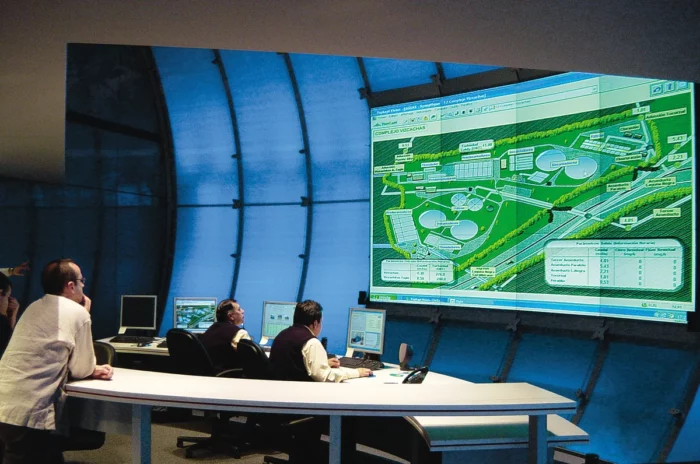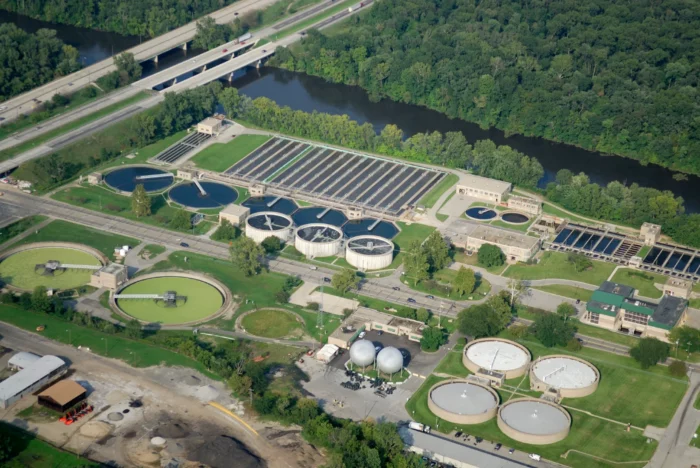Water and wastewater do a very good job preparing for what I’ll call “routine emergencies”—pipe breaks, short-term power outages, sewer blockages, pump mechanical failures, etc. There are standard operating procedures and frequent drills in well-run operations to make sure we can deal with such conditions.
But what about the big emergencies? The ones that never happen until they do. We’ve had a taste of this with Covid, and the folks in Texas received an even stronger dose during last winter’s big freeze.
For water distribution and wastewater collection systems, I’d look at four types.
- Control system failure
- Complete power failure
- Flooding
- Supply chain failure
As much as I am a fan of SCADA systems, PLCs, and digital twins in general, I worry about our reliance on automated controls. With control system failures, we need to be able to operate systems without digital controls. People may think we no longer need H – O – A (Hand – Off – Auto) switches because our digital controls are so good. We never need to operate systems by hand until we do. With the rise of hackers, the day will come when an outsider (or insider) shuts down the system. How many operators can switch over to Hand operation and run a system? Have you ever tried turning off your SCADA for a day (or a few hours or a few minutes) to see if you could run your system?
If losing SCADA is bad, losing power overall is worse. Key facilities should have power coming to them from multiple sources. This works well for local power outages (e.g., a car knocking over a utility pole). But if you go back far enough, they may be some important electric line that will take out all of your sources. Standby generators can work but are costly and, for large facilities, are difficult to justify. When was the last time your generators started up, and, if not recently, when are you going to throw the switch to test how the facility will respond to the loss of power?
Facilities, especially wastewater pumping and treatment, are usually located at low points in the topography because that’s where wastewater goes if left to find its own path. Water facilities are often located along streams that can flood. With climate change, floods are becoming more frequent and intense. How will you bring flooded facilities back online? Do you have spare pumps, motors, motor control centers located well above the flood plain?
Finally, what do you do when the entire supply chain breaks down? We got a hint at that in Texas last winter. Generators will only run if you can get fuel to them. If there is an extended regional power outage, fuel supply may be compromised, and you can only run for a finite period with a limited fuel tank. Tanker trucks with drinking water can work if the outage area is small and large trucks are available. It’s best to have mutual aid agreement in place before the emergency. Solar power and satellite communications that can soften the blow from a catastrophic outage must be purchased beforehand.
This past year, a major treatment plant at a large utility was destroyed in a flood. Running OpenFlows WaterGEMS allowed the engineers and operators to see how they could change operations to keep customers in service until they could bring the plant back up to speed.
Hydraulic models like OpenFlows WaterGEMS and OpenFlows SewerGEMS can readily simulate various emergencies in distribution and collection systems. They can be used in tabletop drills with operators and engineers to see “what would happen if…” It’s much easier and safer to shut off the power to a pump station in a model to investigate the impacts and responses than to wait until it happens and you’re having a really bad day.
Our modern water and wastewater utilities have done a great job preparing for emergencies, but mother nature keeps finding ways around our best defenses. Better preparation is essential. It’s better to lose some sleep today preparing for emergencies than trying to get some sleep when your system has failed.
If you want to look up past blogs, go to https://blog.bentley.com/category/hydraulics-and-hydrology/. And if you want to contact me (Tom), you can email tom.walski@bentley.com.
Want to learn more from our resident water and wastewater expert? Join the Dr. Tom Walski Newsletter today!












